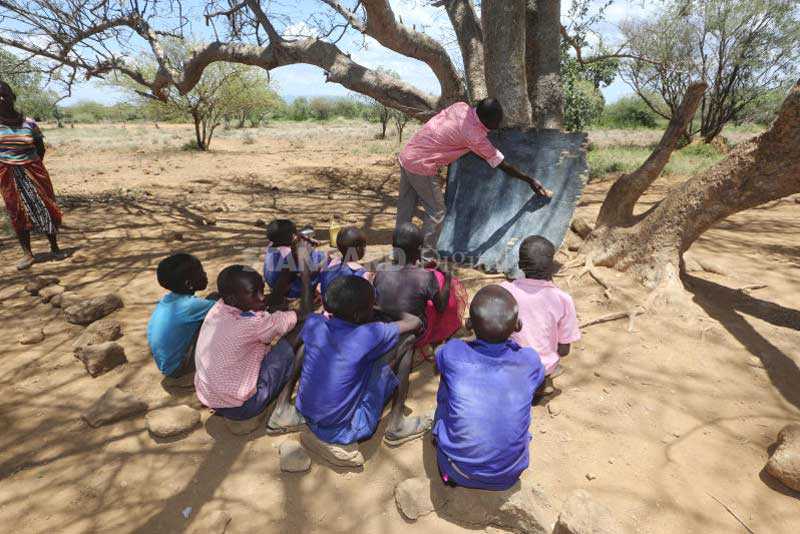×
The Standard e-Paper
Smart Minds Choose Us

The Government may have been paying billions of shillings to ghost pupils under the free primary education (FPE) project.
Data from the Ministry of Education shows that the current total enrollment of pupils in public primary schools stands at 8.9 million.